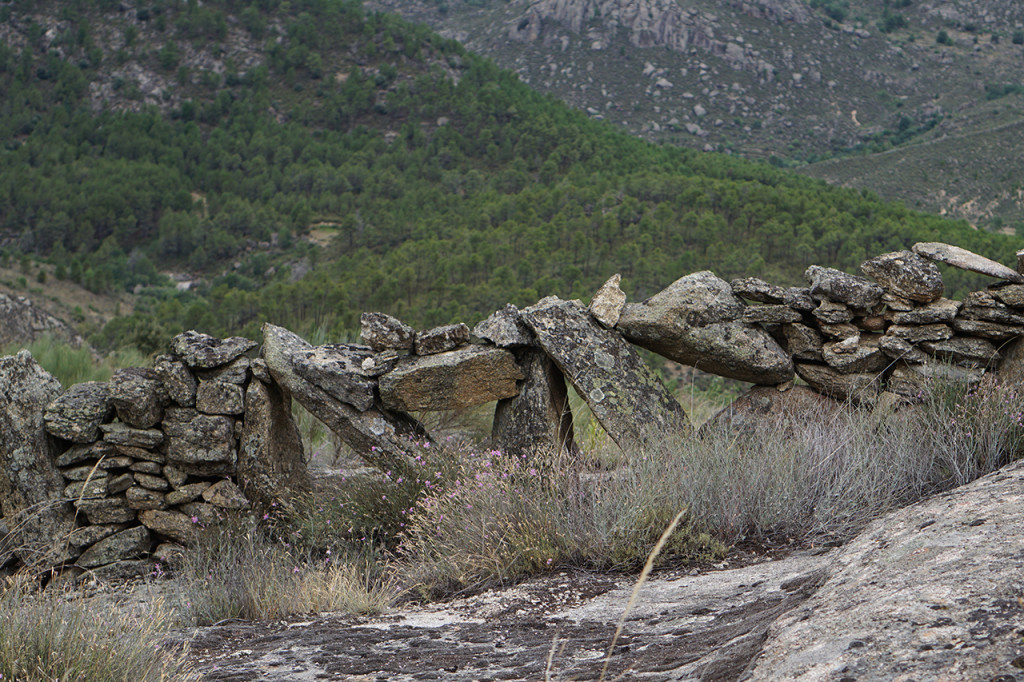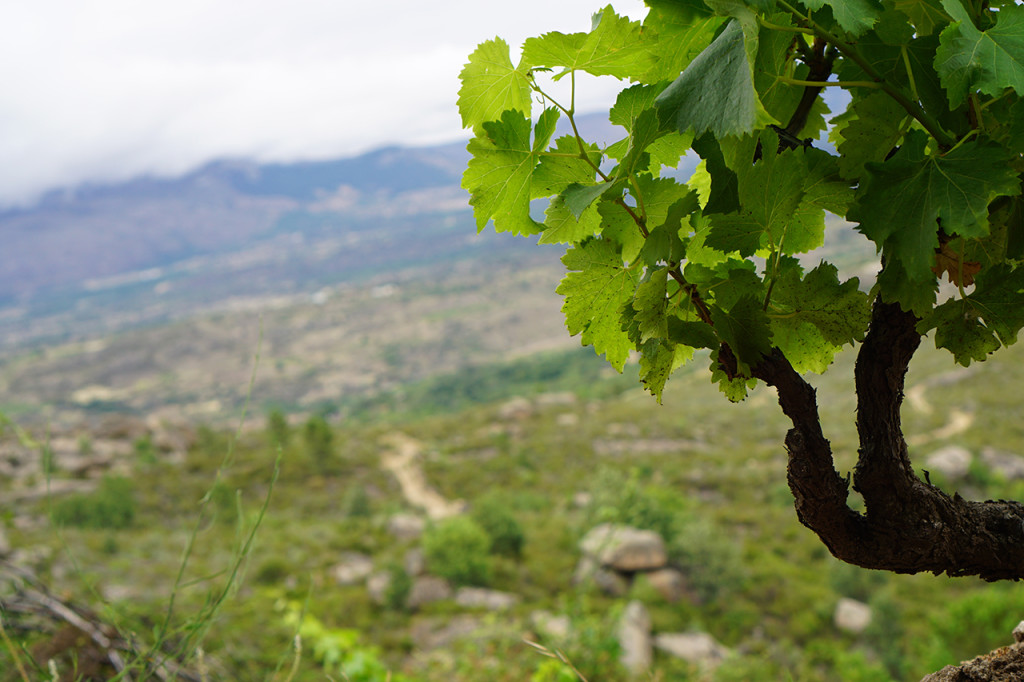

A short distance from Madrid, the rugged, weathered peaks of the Sierra de Gredos serve as a refreshingly cool retreat […]
Keep ReadingA short distance from Madrid, the rugged, weathered peaks of the Sierra de Gredos serve as a refreshingly cool retreat from the heat and bustle of the capital. Ancient hilltop towns and cottages dot the tortured landscape of alpine meadows, tumbled boulders, and thick scrub brush. Clustered around this rugged range are three DOs: Cebreros, Mentrida, and Viños de Madrid. Once known for producing reliably inexpensive and straightforward country wines to slake the capital’s thirst, the rediscovery and revitalization of vineyards high up in the Sierra de Gredos has revolutionized and redefined winemaking in this region. These nearly abandoned, once obscure, and seemingly inauspicious vines possessed a hidden expression of Garnacha where the pale color belies the depth and intensity of the fruit and terruño expression. Rather than the explosive and expansive character typical of Garnacha, they revealed wines that turned this energy inward, creating a sense of thrilling weightlessness and energy that crackles with red fruit and minerality. Among the pioneers recovering these vineyards were Dani Landi and Fernando Garcia.
Dani & Fer, friends since childhood, returned home to the Sierra de Gredos after completing their education in enology: Daniel at his family’s estate, Bodegas Jimenez-Landi, and Fernando at Bodega Marañones. Drawn to the mountains and rumors of small, nearly inaccessible vineyard plots located high in the Sierra de Gredos, over time, they began purchasing and leasing the best sites they could find before going out on their own in 2008 with the founding of Comando G. Along with the pioneers of the Priorat, Daniel and Fernando are redefining what was previously viewed as a workhorse variety, Garnacha, into something that can rival the elegance and finesse of Pinot in Burgundy or Syrah in the northern Rhône. Their persistence in the belief of Garnacha and the Gredos and their tireless efforts have made them famous worldwide.
The vineyards that Daniel and Fernando have assembled for Comando G are all farmed manually and biodynamically. The vines range from 50 to 80 years old and are planted on sandy soils weathered from granite, slate, and quartz. A combination of high altitude, freely draining soils, and a mild and relatively humid micro-climate – for central Spain – guarantees a long growing season and a modest alcohol level in the finished wines. The resultant wines are startlingly pale, extraordinarily aromatic, and intensely flavorful. Each site is harvested by hand, spontaneously fermented in open-top French oak casks, and then aged in concrete, foudre, demi-muids, or amphorae.
The development of Comando G was an organic process dictated by the conditions of each new parcel when it was added. Some, like Tumba del Rey Moro, Las Iruelas, and Rumbo al Norte, were clear Grand Cru sites from the first vintage, while others took time to recover and reveal their nature and character. Over time, Comando G coalesced around four villages in DO Cebreros – Rozas, Navatalgordo, Villanueva, and El Tiemblo. Vineyards outside these villages have either been sold or leased to friends, as with Dani’s vineyards, which are now part of Viticola Mentridana. Each village is represented by a village wine and 1er or Grand Cru designations as warranted. But despite their internal hierarchy, everything leaving their cellar is singular and unique in its expression of Garnacha de Gredos, which, at the end of the day, are some of the finest wines made anywhere in the world.
Close
Rumbo al Norte – vines among the boulders
Rumbo al Norte – vines among the boulders
Rumbo al Norte – vines among the boulders









